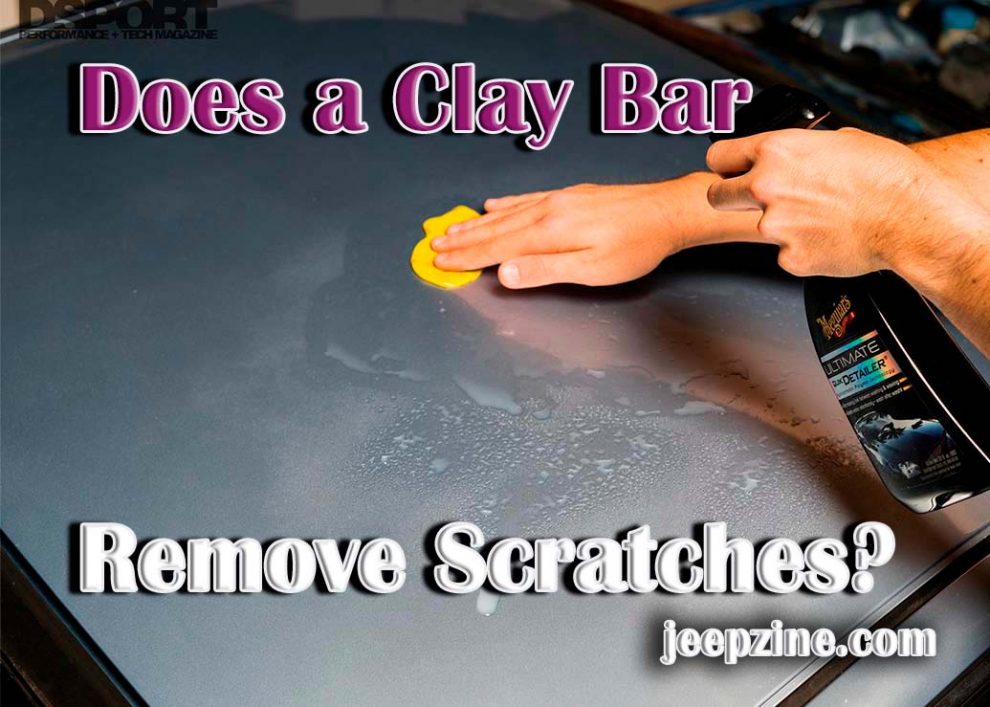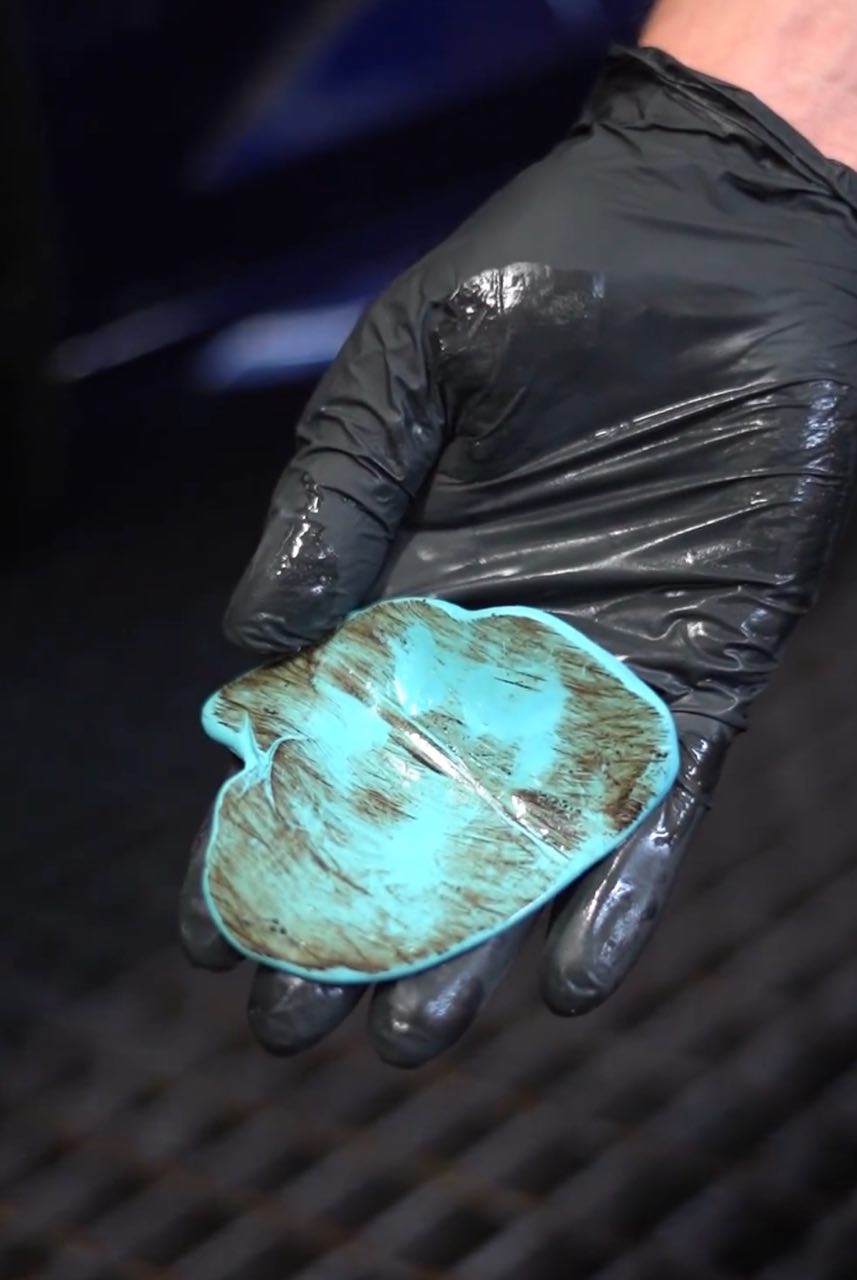The removal of scratches and imperfections on the surface of our vehicles is a topic that has baffled many car owners for years. One commonly discussed solution is the use of a clay bar, but does it genuinely work in eliminating these unwanted distractions or is it merely a myth? The article dives into this question, providing comprehensive insights and expert opinions regarding the effectiveness of clay bars in scratch removal. As vehicle owners, we continually strive to maintain our cars’ aesthetics, therefore understanding the capabilities and limitations of products like clay bars becomes essential. This article endeavors to educate readers on these aspects, drawing attention to scientific explanations and practical examples related to the use of clay bars. Buckle up as we journey into an exploration that could potentially revolutionize your approach to car maintenance and scratch repair.
What Is a Clay Bar and How Does it Work?
A clay bar is a pliable, resin-based compound that is designed to pick up surface contaminants from a vehicle’s exterior. When glided across the lubricated surface of a car, the clay bar traps and removes particles such as metal fragments, industrial fallout, and environmental pollutants that have bonded to the paint. These contaminants are often too small and too firmly attached to be removed by washing alone. The process of claying is typically gentle and non-abrasive, making it safe for most paint finishes when performed correctly. The key to its effectiveness lies in its ability to grab and encapsulate dirt particles, pulling them away from the paint. This leaves behind a surface that is not only exceptionally clean but also primed for further detailing steps such as polishing or waxing. Understanding this mechanism is crucial for anyone looking to achieve a flawless finish on their vehicle.
 Does a Clay Bar Remove Scratches? The Reality
Does a Clay Bar Remove Scratches? The Reality
Contrary to popular belief, clay bars do not have the capability to remove scratches from a vehicle’s surface. Their primary function is to cleanse the paint by removing microscopic debris and contaminants. However, scratches are physical indentations or grooves on the vehicle’s paint or clear coat layer. While using a clay bar can make the surface smoother and cleaner, thus possibly making light scratches less noticeable, it does not physically repair or eliminate them. Deeper scratches, which penetrate the paint layer, are beyond the scope of what a clay bar can address. Recognizing this constraint is essential for managing realistic anticipations while using a clay bar. For actual scratch removal, different methods, such as paint correction processes including polishing and buffing, are necessary.
Alternatives to Clay Bars for Scratch Removal
For addressing scratches, several alternatives to clay bars are available. For superficial scratches, liquid scratch removers or fine polishing compounds can be effective. These products work by gently smoothing out the edges of the scratches, making them less visible. Deeper scratches might require more extensive procedures like wet sanding, followed by polishing and waxing. Paint pens or touch-up paints are suitable for chips or deep scratches that expose the primer or metal. In cases of severe damage, professional services such as paint correction or even repainting might be necessary. These methods vary in complexity and risk, so understanding the nature of the scratch and the appropriate solution is key to successful removal.
Tips for Preventing Scratches on Your Vehicle
When it comes to preserving the paint of your vehicle, it’s always more effective to prevent damage than to repair it later. Consistently cleaning and drying your vehicle using gentle, pristine cloths can significantly lower the chances of acquiring scratches. Avoid automatic car washes with brushes, as they can introduce swirl marks and scratches. Applying a quality wax or paint sealant can provide a protective layer, reducing the likelihood of scratches and making the surface easier to clean. Be mindful of your environment – parking away from busy areas can minimize the risk of accidental scratches from other vehicles or shopping carts. Furthermore, keeping your car in a garage or shielded with a cover safeguards it against environmental factors that may gradually deteriorate the paintwork. Regular maintenance and cautious handling are the best strategies to keep your car’s exterior in pristine condition. Also, read our guide on enhancing your vehicle’s style with a range of pink jeep accessories to add a personal touch to your ride.
Conclusion
In summary, while clay bars are invaluable for deep cleaning your vehicle’s surface, they are not designed for scratch removal. Understanding their purpose is crucial for maintaining your car’s appearance. These bars excel in removing surface contaminants, preparing the vehicle for further detailing steps, but when it comes to scratches, alternative methods such as polishing or professional services are required. Additionally, adopting preventive measures like regular washing, using protective waxes, and mindful parking can greatly reduce the risk of scratches. In the end, the most effective strategy involves a mix of thorough cleaning, specialized solutions for particular problems, and consistent preventive maintenance, all of which contribute to keeping your vehicle in top condition, preserving both its aesthetic charm and worth.


 Does a Clay Bar Remove Scratches? The Reality
Does a Clay Bar Remove Scratches? The Reality